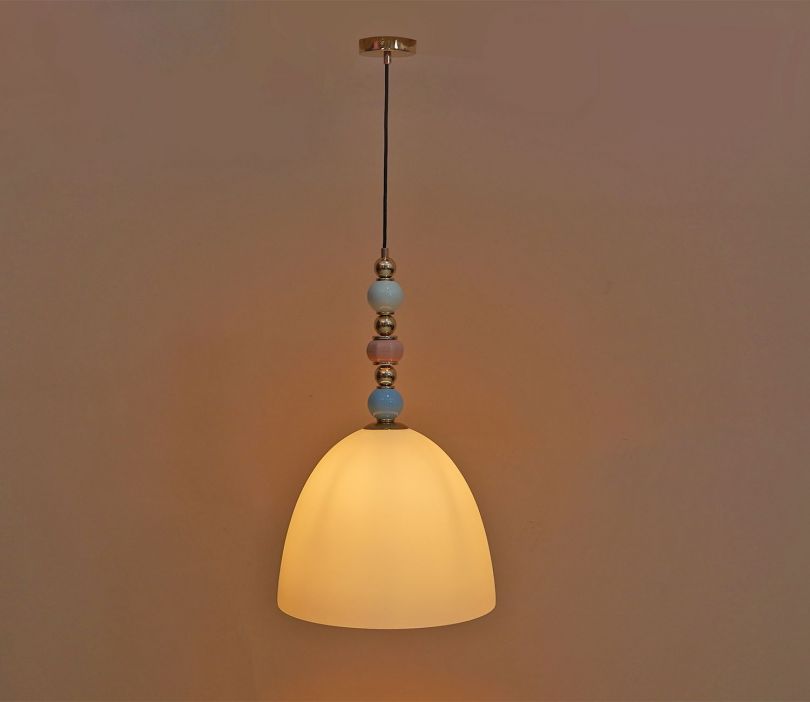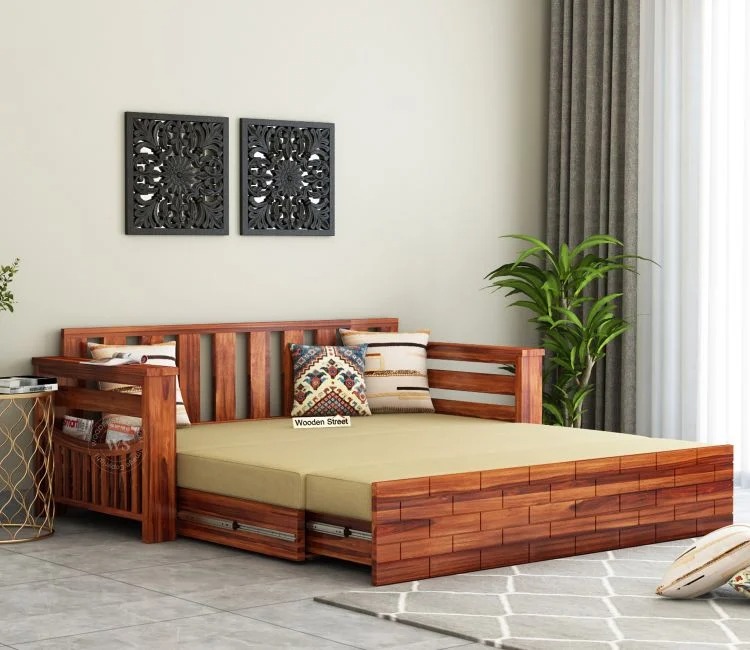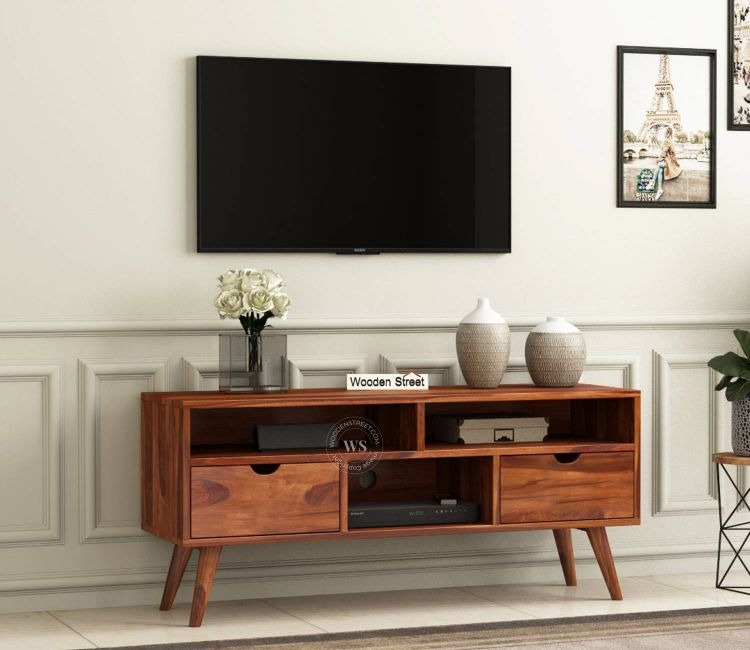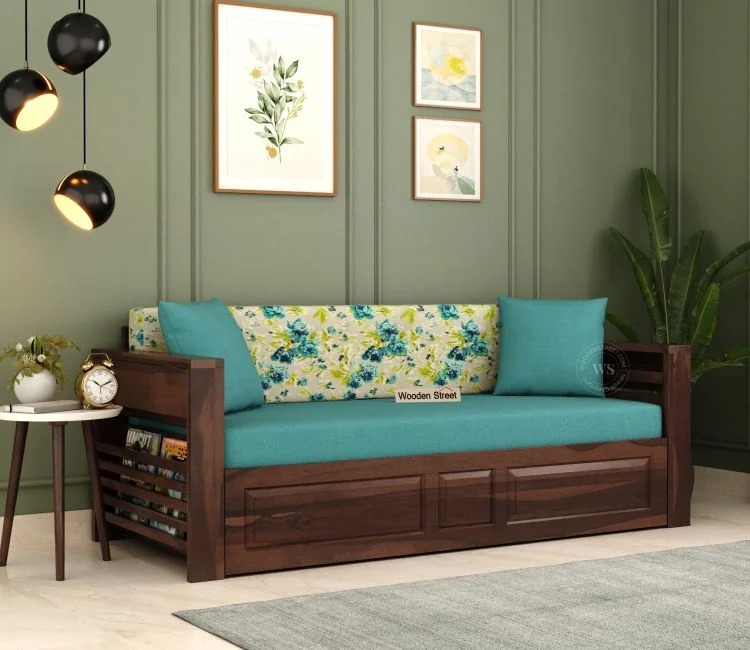Which Bed Suits Your Space? Tips for Small & Large Bedrooms
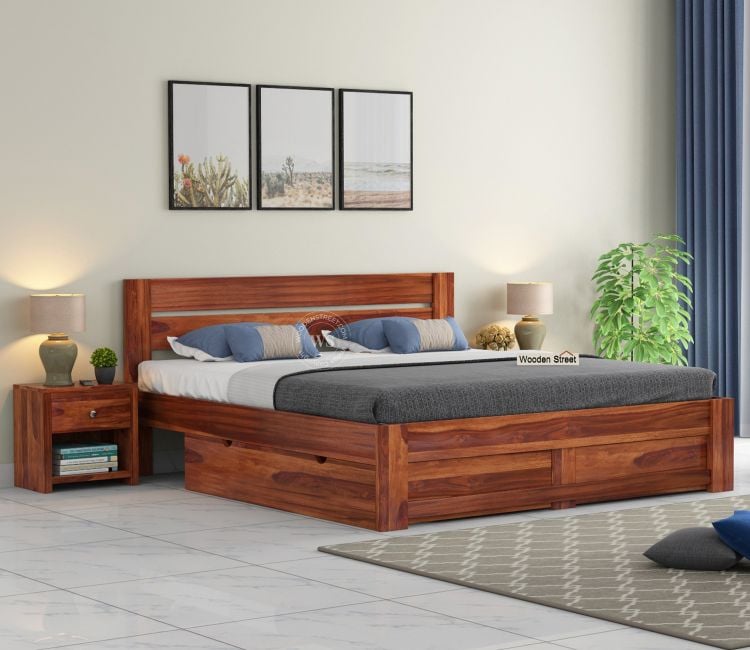
Strong 8k brings an ultra-HD IPTV experience to your living room and your pocket.
Designing the perfect bedroom begins with one essential choice—selecting the right bed. Whether you're decorating a compact urban studio or a spacious master suite, the bed you choose can make or break the functionality and style of your space. From size to design and material, every element matters. A thoughtful selection ensures not just comfort but also efficient space utilization and enhanced aesthetic appeal. Here's a comprehensive guide on how to choose the right bed for both small and large bedrooms, along with pros, cons, and expert tips.
Understanding Bedroom Size & Layout
Before jumping into choosing a bed, assess the actual layout of your room. Measure the usable space after accounting for wardrobes, side tables, walking area, and other furniture. Small bedrooms require space-savvy decisions, while larger ones offer the luxury to experiment with expansive designs and sizes.
Bed Sizes Explained
Choosing the correct bed size is crucial. Let's break down the main types:
Single Bed: Ideal for children, teens, or single adults, a single bed typically measures around 36–39 inches in width and up to 75 inches in length. Perfect for small bedrooms or guest rooms.
Double Bed: Often used by couples with space constraints, double beds offer more sleeping space than singles but are compact compared to queen or king sizes.
Queen Size Bed: A balanced choice, queen beds are suited for couples and offer enough room without overwhelming medium-sized bedrooms.
King Size Bed: The most spacious option, king size bed is ideal for large bedrooms. They provide maximum comfort, especially for couples who value personal space or families with children who often share the bed.
Beds for Small Bedrooms
Best Bed Options:
Single Bed: The best match for compact spaces, a single bed offers the essentials—sleeping space and optional storage—without crowding the room.
Storage Beds: Choose a wooden bed with inbuilt drawers or hydraulic storage to maximize space.
Multifunctional Beds: Folding or wall-mounted beds are excellent for micro-apartments or multi-use rooms.
Tips:
Opt for lighter tones or a minimalist wooden bed design to make the room feel airier.
Leave at least 24 inches of walking space on either side of the bed for movement.
Use vertical space: Consider headboards with storage or shelves above the bed.
Pros:
Space-efficient.
Easier to maintain and clean around.
Encourages minimalist décor.
Cons:
Limited movement for couples.
Might not accommodate guests or children comfortably.
Beds for Large Bedrooms
Best Bed Options:
King Size Bed: Utilizes space well and offers ultimate comfort.
Queen Size Bed: A good middle-ground that doesn’t make the room feel crowded.
Canopy or Poster Beds: Adds a touch of luxury and fills the vertical space effectively.
Tips:
Choose a bed design that anchors the room—larger spaces need visual weight.
Pair with large side tables, benches at the foot of the bed, and layered bedding for a cozy yet grand look.
Use rugs to define zones within the room if it’s exceptionally large.
Pros:
Greater flexibility in choosing bed designs and accessories.
More sleeping space—ideal for couples, families, or pets.
Opportunity to create a luxe aesthetic with larger furnishings.
Cons:
Higher cost for bed and bedding accessories.
Requires more effort to maintain and clean.
May dominate medium-sized rooms if not proportioned properly.
Material & Design Considerations
When selecting a bed online or in-store, material and design are just as important as size.
Why Choose a Wooden Bed?
A wooden bed is timeless, durable, and versatile. It suits various interior styles—traditional, modern, rustic, or minimal. Solid wood offers strength and long-lasting beauty, while engineered wood options are more budget-friendly.
Design Tips:
For small rooms, opt for sleeker frames and floating designs.
In large bedrooms, go bold with ornate carvings, upholstered headboards, or poster designs.
Match the bed finish with other furniture pieces for a cohesive look.
Functional Features to Consider
Depending on your needs, beds now come with multiple functional enhancements:
Hydraulic Storage: Allows easy access to under-bed space without heavy lifting.
Drawer Storage: Convenient and organized for storing linens, clothes, or accessories.
Foldable Beds: Useful for guest rooms or dual-purpose rooms.
Adjustable Headboards: Offers added comfort, especially for readers and binge-watchers.
Buying Beds Online: What to Know
If you're planning to buy bed online, there are a few things to keep in mind:
Check detailed measurements (not just size names).
Consider the room dimensions, access points, and delivery logistics.
Look for beds with customer reviews and clear product images.
Ensure the bed matches your mattress size for a perfect fit.
Pros & Cons of Buying Beds Online
Pros:
Convenient and time-saving.
Wide variety of options.
Easy price comparisons.
Cons:
Cannot physically test comfort or quality.
Potential mismatch in color or size.
Delivery and assembly might take time.
Final Thoughts: Making the Right Choice
Choosing a bed is a blend of practicality, comfort, and style. Whether it’s a cozy single bed for your studio or a majestic king size bed for your master suite, each has its purpose and beauty. The key is to ensure that the bed doesn’t just fit physically but also aligns with how you live and relax in your space.
So, before you buy bed online, reflect on your space, needs, and aesthetic goals. A well-chosen wooden bed doesn’t just support your sleep, it enhances your entire bedroom experience.
Note: IndiBlogHub features both user-submitted and editorial content. We do not verify third-party contributions. Read our Disclaimer and Privacy Policyfor details.



